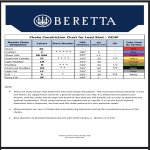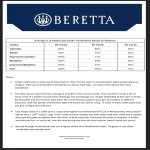I have seen these designations on Model 21s and also Model 12s. Not sure if they are still used on current guns (if any)with fixed chokes but I know they predate the arrival of plastic wads. Can anyone tell me what are the original factory specified choke constrictions for these two designations? With current ammo they break targets as though they are the equivalent of modern Imp Cyl and L Mod so tighter than a current Skeet choke.
Thanks.
Thanks.









































































